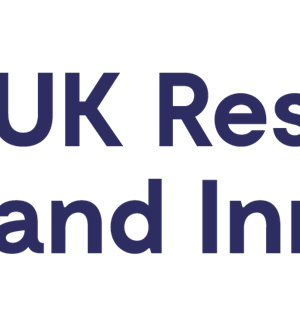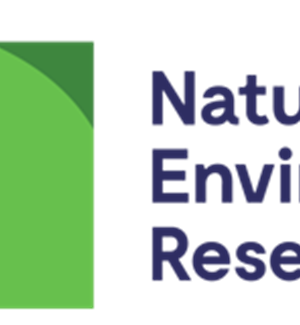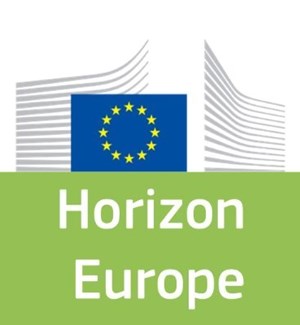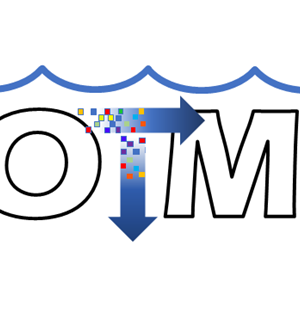- Plymouth Marine Laboratory - United Kingdom,
- National University of Singapore - Singapore,
- TeamSeaGrass Singapore - Singapore,
- Zoological Society of London - United Kingdom,
- Reef Check Foundation - United States
Risks and Solutions: Marine Plastics in Southeast Asia: The presence and extent of plastic leaking into the environment is a system failure of monumental proportion that threatens the marine ecosystem and causes physical and chemical contamination at a global scale. It is estimated that 12 million tonnes of plastic enter the oceans each year and this has rapidly become a global concern. The economic damage of this plastic pollution amounts to around USD13 billion per annum due to degraded environments, loss of revenue from tourism, and costs of clean up and repair. This has associated impacts on human well-being. This is a particular issue in the Southeast Asian region, which is an area of great ecological, economic, and conservation importance, with high levels of endemic species. The health of this unique biodiversity is important, because it supports a variety of livelihoods and provides food security for large populations, many of whom live below the poverty line. SE Asia has been identified as the third largest regional generator of mismanaged plastic waste in the world. If no significant efforts are made to manage this, plastic waste inputs could double by 2060. This challenge requires a regional scale approach that allows environmental, economic, technical, and social disciplines to come together to build understanding of the many factors contributing to the problem, its potential impacts, and identify how it can be solved. Our network has strong relationships with Research Institutions, National Park managers, and Environment Ministries in each country. Our vision is to reduce plastic leakage in the Southeast Asian region, supporting development of a sustainable, circular economic system for plastics. We propose an integrated, multidisciplinary project with three core aims. We will establish the sources and drivers of plastic pollution including the mapping and life cycle of plastic waste flows across the region and how it moves once in the marine environment. Secondly, we will identify the key economic, ecological, and health and wellbeing impacts of the current levels of plastic pollution that pervades this region. Thirdly, we will implement and explore interventions to mitigate and reduce plastic pollution and help progress the region to circular approaches to plastic. As we are already working with stakeholders in the region, we have some co-designed interventions ready to test immediately. These innovations range from helping streamline the monitoring of novel-technology based clean-up operations to trialling an innovative community-based scheme to recycle fishing nets. To ensure the research achieves maximum impact, the consortium partners include Southeast Asian NGOs with extensive experience of engaging coastal communities in the region and equal partnerships between UK and Southeast Asian universities to develop local research capacity through collaboration and training.
Want to analyze based on this project via our analysis tool? Analyze this project
Knowledge Gaps
Characteristics of plastic-general
Environmental exposure
Environmental fate and behavior of plastic
Environmental risk assessment (ERA)
Bioaccumulation, bioconcentration and persistence
Publications




